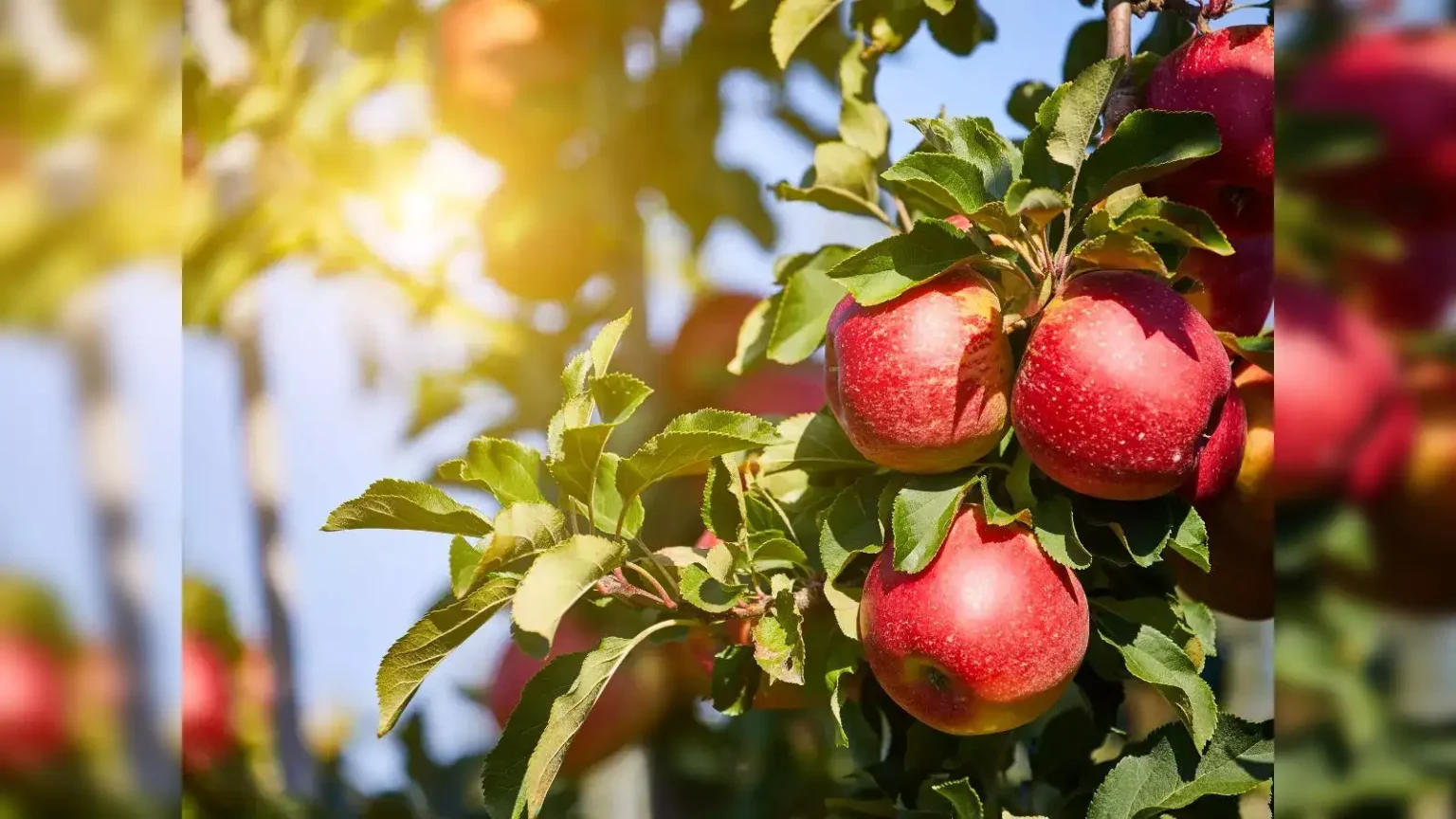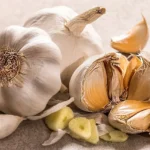Indian Apple Research: India’s Quest for the Ideal Fruit
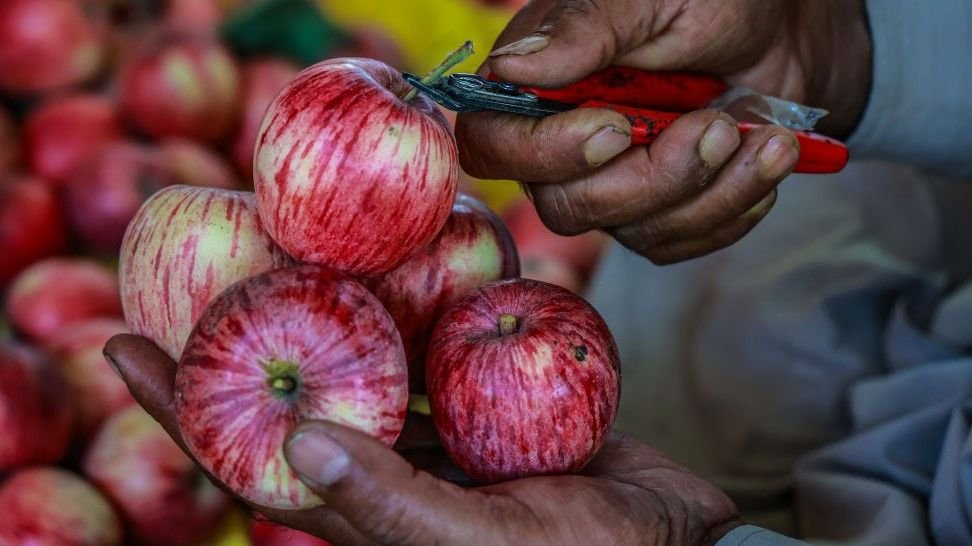
Indian apple research is at the heart of a quiet agricultural revolution aiming to meet the country’s growing appetite for apples. Despite being the world’s second-largest fruit producer, India struggles to fulfill domestic demand for apples. In response, scientists are developing new apple varieties that can thrive in diverse climates across the subcontinent. With shifting weather patterns and falling productivity in traditional apple-growing regions, researchers, farmers, and policymakers are working together to expand cultivation, boost yields, and create climate-resilient apples tailored to Indian tastes.
Apple Cultivation Shifts: A Focus of Indian Apple Research
Jammu and Kashmir: The Apple Capital Under Pressure
The states of Jammu and Kashmir and Himachal Pradesh have long been the strongholds of Indian apple cultivation. Their cool climates and long winters once made them ideal for growing high-quality apples. But in recent years, farmers have been sounding the alarm about changing environmental conditions. Older orchards are producing fewer apples, and the all-important chilling hours—those cold periods crucial for apple bud development—are on the decline. In response, Indian apple research has become increasingly focused on climate-resilient varieties and innovative farming methods to sustain apple production in these regions.
Shrinking Chill Hours Threaten Yield
Apples typically require around 1,000 hours of winter temperatures between 0°C and 6°C to thrive. In India, only certain pockets in the north regularly experience such conditions. As global temperatures rise, even these pockets are seeing shorter and warmer winters. The result? Lower yields and increased vulnerability to pests and diseases.
Expanding Apple Cultivation Beyond Traditional Regions
The Subtropical Experiment
In the western state of Maharashtra, known for its blistering heat and tropical crops, farmer Kakasaheb Sawant is defying expectations. In 2022, he planted 100 apple saplings despite the local temperature often exceeding 43°C. Surprisingly, 80 trees survived, and each bore between 30 to 40 kilograms of fruit in just their second year. His efforts have attracted attention from agricultural experts, contributing valuable insights to Indian apple research focused on growing apples in non-traditional, high-temperature regions.
Local Fame, Lingering Challenges
Sawant’s farm quickly became a local attraction, drawing curious visitors from across the region. However, while the trees have survived and even produced fruit, the apples lack the sweetness necessary to make them market-competitive. Still, Sawant remains hopeful. He believes the trees need more time to adjust, and he’s already selling saplings to other interested farmers.
“This is the beginning,” says Sawant. “In the next four to five years, these trees will start bearing good, sweet apples.”
Indian Apple Research Tackles Rising Demand and Domestic Shortage
A Growing Appetite
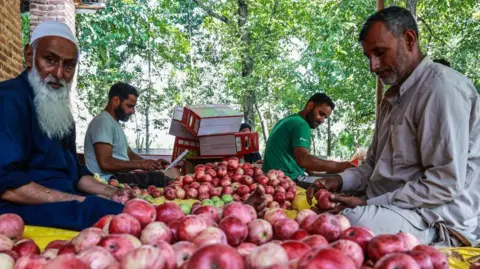
India’s apple production has increased by 15% over the past five years, reaching around 2.5 million tonnes annually. But that’s not enough. Imports have doubled to 600,000 tonnes, underscoring the gap between supply and demand.
Limited Expansion and Investment
Agricultural analyst S. Chandrashekhar notes that there are few new players entering the apple-growing business and almost no significant investment in the sector. Without major infrastructure upgrades, the industry risks stagnation.
“What is needed is not just new research but substantial investment,” Chandrashekhar warns. “We must replant and rejuvenate.”
Indian Apple Research and the Rise of Low-Chill Varieties
Climate-Smart Solutions
One promising innovation is the development of low-chill apple varieties, which can thrive with just 400 hours of winter chill. These varieties open the door for apple farming in areas previously considered unsuitable—like eastern India, central India, and parts of the Deccan Plateau.
Ranchi’s Apple Experiment
In Ranchi, Jharkhand, researchers at Birsa Agricultural University (BAU) are testing three low-chill varieties with 18 saplings. Only one variety has produced any fruit so far. The trees are still small, yielding just 1-2 kilograms per tree. Soil quality and termite attacks have also posed challenges.
“The climate and soil are not ideal. We are in the experimental stage, and real conclusions will take another three to four years,” says Dr. Majid Ali, one of the lead scientists at BAU.
Indian Apple Research: Science vs Skepticism in Non-Traditional Regions
Are Low-Chill Apples Commercially Viable?
Despite promising results, experts caution against premature optimism. Dr. Dinesh Thakur, from the Dr. YS Parmar University of Horticulture and Forestry, argues that while low-chill varieties are fascinating from a research standpoint, their commercial potential is limited.
“Most of these apples lack shelf life and sweetness,” Dr. Thakur explains. “They’re better suited for kitchen gardens rather than commercial farming.”
Innovating with Genetics: Toward Climate-Resilient Apples
Breeding for the Future
Dr. Thakur’s team is working on creating climate-resilient apple genotypes that mature earlier and develop strong color even under unpredictable sunlight conditions. They’ve already developed a new cultivar that matures two months earlier than conventional apples, helping to avoid adverse weather during peak fruiting season.
“This early-maturing variety has a major advantage in color formation and quality,” he says.
Moving to Higher Ground
As low-lying regions warm, some orchards are being relocated to higher altitudes previously considered too cold. These new high-altitude plantations benefit from cooler nights and longer winters, restoring the chilling hours essential for apple cultivation.
The Industry Needs More Than Science
Replanting and Investment
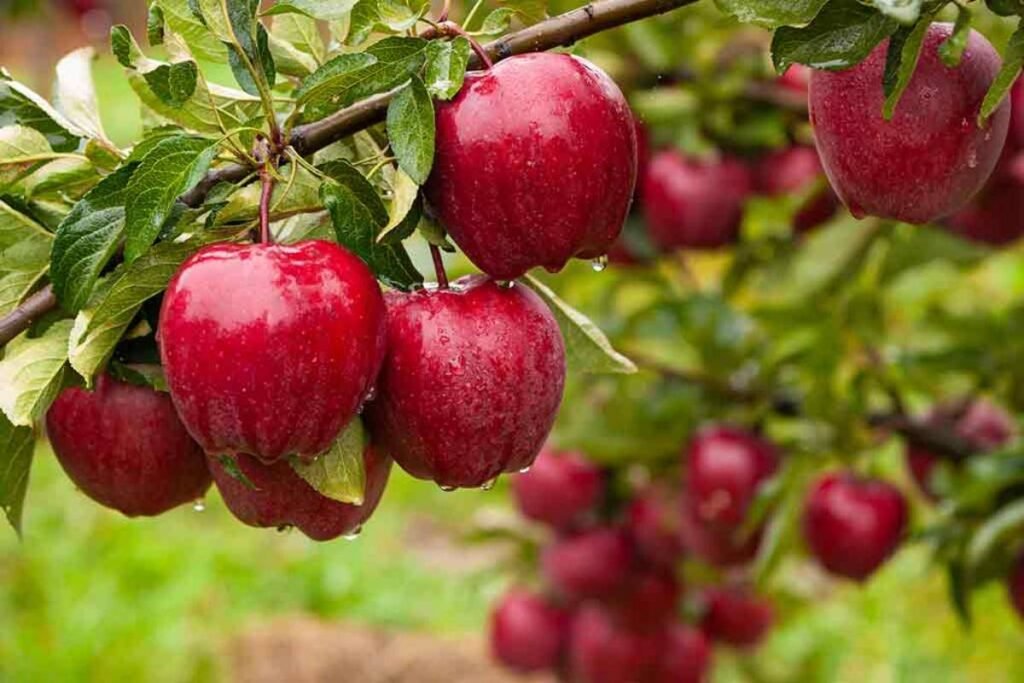
Many orchards in the north are between 15 to 20 years old, and aging trees are less productive. Chandrashekhar emphasizes that a nationwide replanting initiative is crucial.
“We need massive replanting with high-yielding varieties. And that requires significant funding.”
Juice, Jam, and Processed Apple Products
Another solution could lie in expanding apple processing industries. Apple juice, jam, cider, and dried apple chips represent opportunities to add value and reduce waste. Currently, India’s processing capacity for apples remains underdeveloped, limiting the industry’s economic potential.
Government Support and Private Investment
The Role of Public-Private Partnerships
To bridge the gap, collaboration between government agencies, agricultural universities, and private investors is vital. Incentivizing startups focused on agri-tech, supply chain management, and cold storage could create a more robust apple economy. Strengthening Indian apple research through joint efforts and targeted funding will be crucial to developing innovative solutions for climate resilience, productivity, and wider regional cultivation.
Cultural Shifts in Taste and Consumption
Creating a Fruit That Suits Indian Taste Buds
Indian consumers have a preference for crunchy, sweet apples with rich color. Indian apple research is not just focused on yield and climate resilience—it also emphasizes breeding apples that align with local taste preferences, ensuring both market appeal and long-term success.
International Inspiration
While countries like the United States, China, and the United Kingdom have long histories of apple cultivation, India’s unique geographic and climatic diversity demands homegrown innovation. Lessons from global leaders in apple research are useful, but localized adaptation is essential.
From Apple Farmer to Apple Entrepreneur
Entrepreneurs like Kakasaheb Sawant are leading the way by experimenting with unconventional growing techniques and developing a market for saplings. Others are creating community-based nurseries and agri-tourism models, offering urban dwellers a chance to visit apple farms, even in subtropical areas.
What’s Next? India’s Apple Future
With the combined efforts of farmers, scientists, and entrepreneurs, the goal of producing the perfect apple in India may soon become reality. But it will take:
- Years of consistent research and field trials
- Major investment in cold storage, logistics, and processing
- Replacement of aging orchards
- Better marketing and consumer education
Redefining the Apple Narrative in India
The journey as Indian scientists search for the perfect apple is not just a scientific endeavor—it’s a socio-economic mission. With strategic planning, climate-adapted innovation, and improved investment, India has the potential to become self-reliant in apple production and even an exporter of resilient apple varieties suited for a warming world.
As new orchards rise in unexpected regions and low-chill varieties gain traction, the apple story in India is being rewritten—one harvest at a time.
